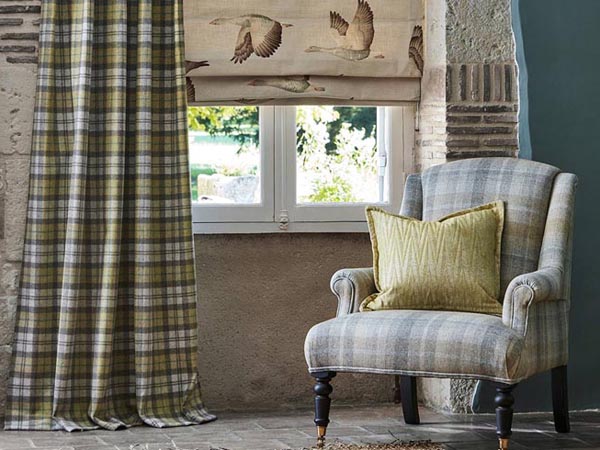From Field to Furnishings: A Story of British Wool Production
2nd February 2021Wool has always been a popular choice, across the board. It offers a broad spectrum of colours and designs, from traditional lovat tweed to vibrant polka dots. The rich history of this beloved fabric is fascinating. Take an exclusive look at how luxury wool is produced by a brand at the forefront of this great British industry.
"To make our supreme quality fabrics we need the best quality raw material"
A Brief History of British Wool
In medieval England, wool became the backbone and driving force of the economy. Farmers could expect high prices exporting their raw wool abroad. Meanwhile, weavers in the UK were turning their once small and poor villages into bustling cloth merchants, many of whom would be weaving cloth in their tiny cottages.
Nowadays, the raw wool for clothing and furnishings is mainly sourced from Australia and New Zealand, where merino sheep produce finer wool. There's also competition from man-made fabrics. As a result, the number of UK mills weaving wool has been on the decline since the sixties. F&P Interiors are passionate about keeping this industry alive and the majority of the wool fabrics are produced in the UK.
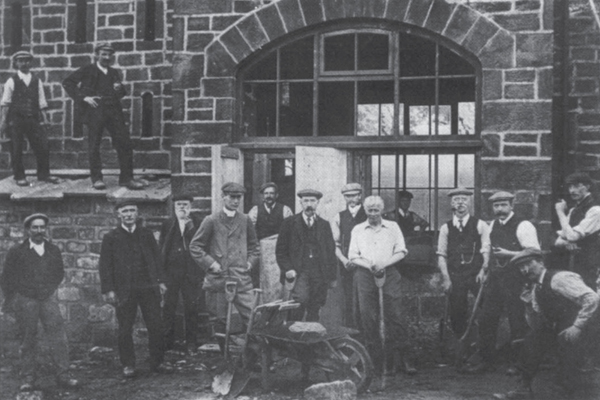

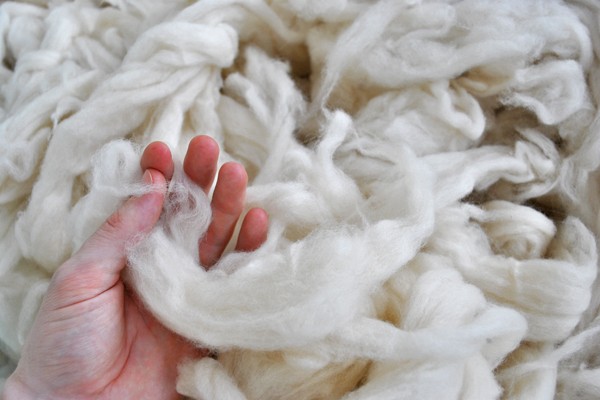

At the Mill of Abraham Moon
Abraham Moon has been producing wool in their Yorkshire mill since 1837, taking un-dyed raw wool and transforming it into some of the best furnishing wools in the world. The journey from field to fabric is a fascinating process and now Moon is giving an insight into how their luxury wool fabrics are produced.
“Raw wool is delivered to our site in Guiseley. Our Merino Lambswool is predominantly from South Africa and our Shetland quality Pure New Wool is from New Zealand. To make our supreme quality fabrics we need the best quality raw material.
“The raw wool then goes to the Dye House, to be dyed using precise (and secret) combinations of dye, pressure, temperature and time. We currently can dye our wool in over 500 different shades and colours. Within the Dye House, we keep a library of shade standards and recipes to ensure we have continuity of each colour year after year. This is a highly skilled process that is essential to creating beautiful yarns.
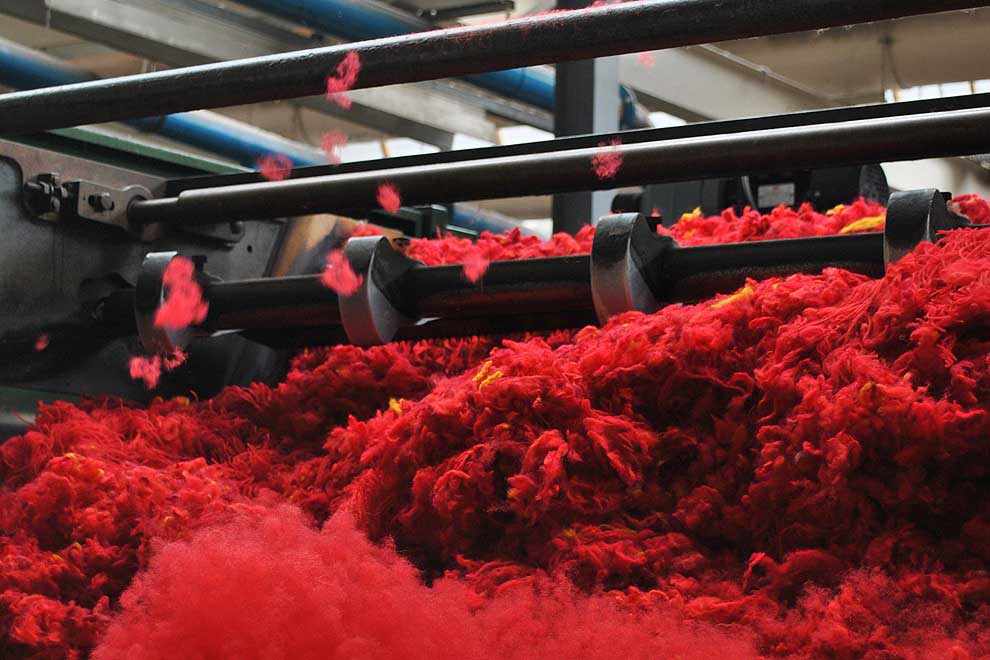

“The secret to creating beautifully rich colour is in the blend. Up to seven different coloured wools can go into the recipe for each yarn to create the finished colour. This is what gives tweeds, heathers and plaids their uniquely rich textures.
“The yarn is then wound onto cones going through a check to ensure continuity of thickness of the yarn. The cones of yarn are wound over a drum (known as a swift or mill) and a warp (the lengthwise threads) is made for weaving. This can be a complicated process depending on the intricacy of the pattern in the finished fabric, up to 2000 threads may be required for a width of fabric.
“The fabric is woven using an automatic Rapier looms to take the weft (horizontal thread) across the warp threads, which are capable of weaving 30,000 metres of cloth per week...
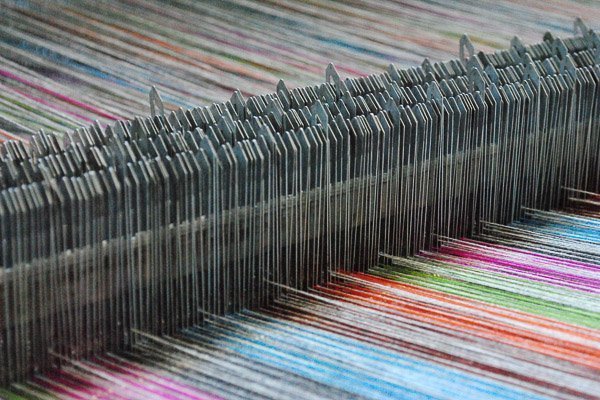

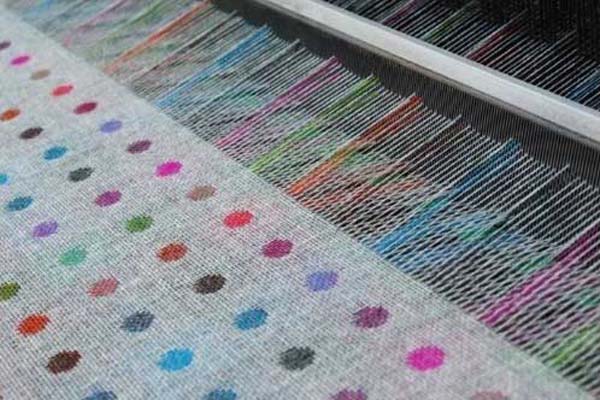

“Newly woven fabric is now scoured (washed), milled and dried, this is when the wonderful and luxurious “feel” (or “handle”) of these fabrics starts to become apparent. The oils that were used to aid manufacture of the fabric are removed and where fire retardants and water resist treatments are padded onto the fabric.
“The final step in the process: each length of fabric is finished by careful pressing, using steam and specialised equipment to remove any shrinkage and complete the process of creating stunning fabrics that look and feel rich and luxurious.”
You May Also Enjoy Reading...
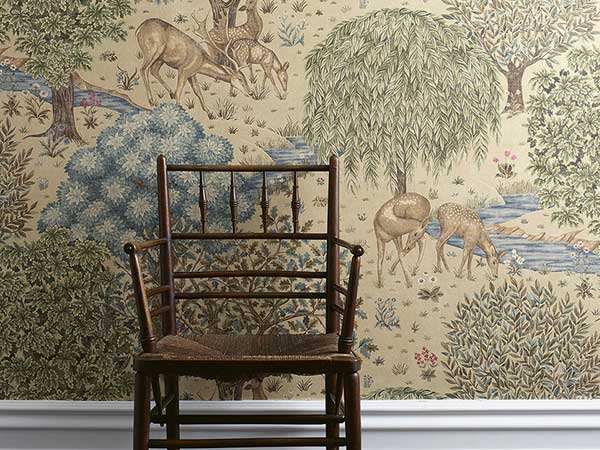

Designs Celebrating the English Countryside
The exquisite array of pastoral designs on offer today leaves us spoiled for choice when decorating our homes. Moving through the seasons, we’ve picked some of our favourite countryside inspired motifs for your own interior inspiration.
- paypal
- visa
- mastercard
- amex

